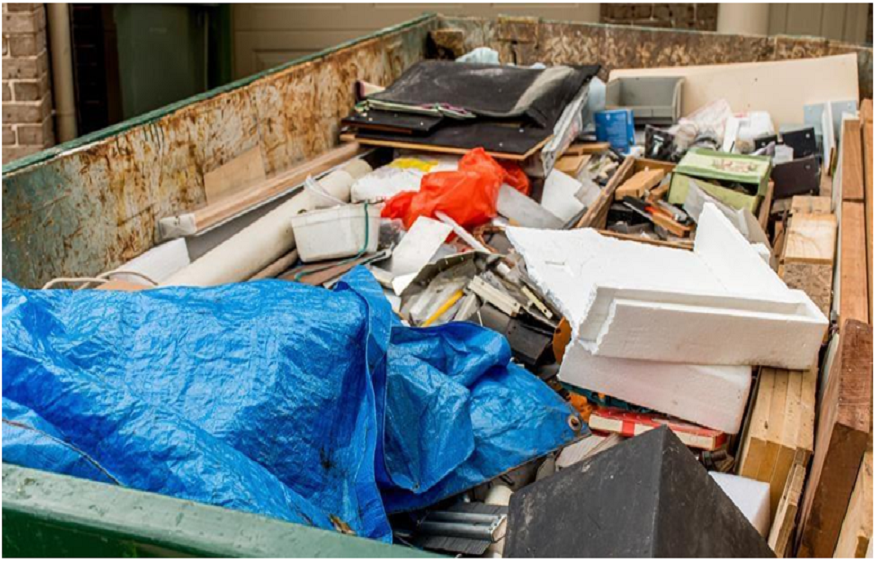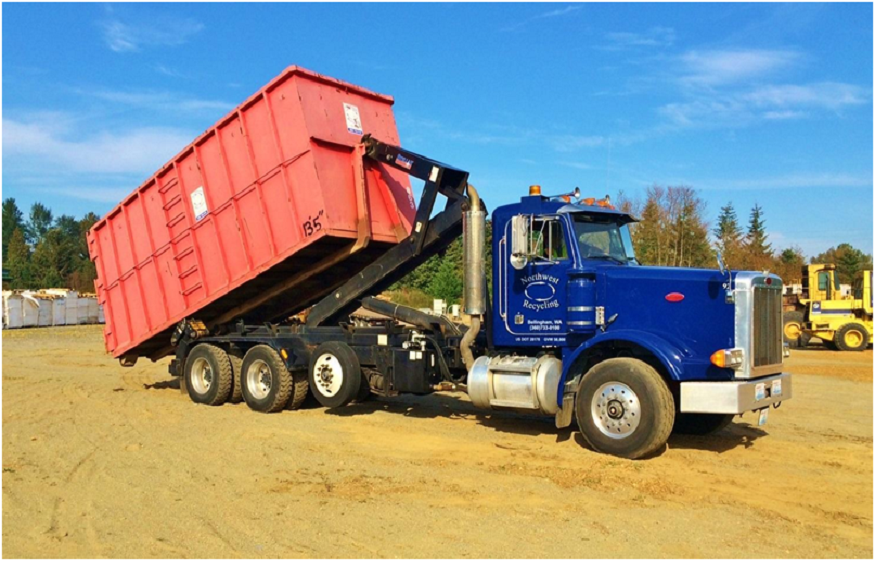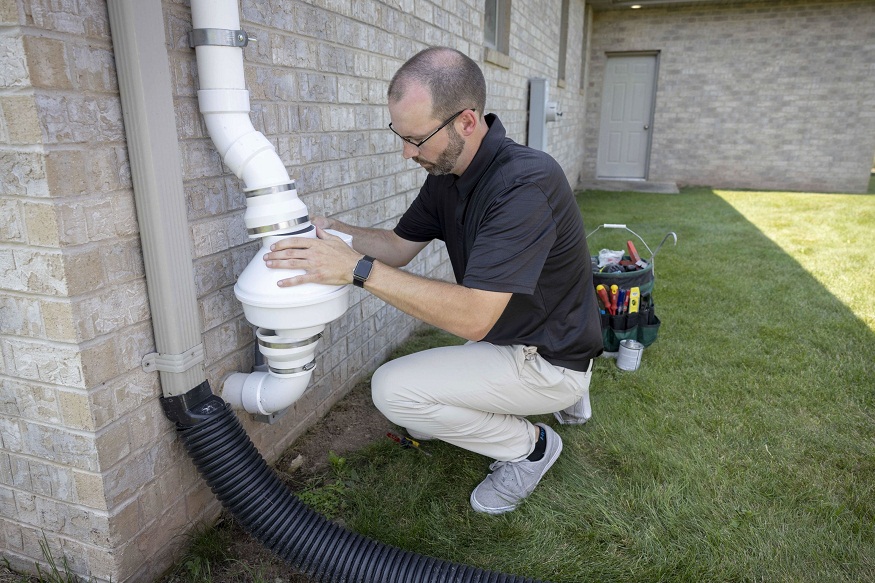Good communication enables demolition projects to be predictable, safe, on schedule and on budget. Property owners and managers are contending with tenants, schedules and risk, and they need information that they can rely on. It also helps with coordination of regulatory milestones, so permits, notifications and inspections happen in a timely manner. When contractors give plan information timely and amass information regularly, surprises are eliminated, decisions are made faster, and the site will be compliant.
Setting Clear Project Expectations
Successful projects often start with a kickoff meeting where expecting defined, roles allocated and defined pathways for approvals established. Owners, managers, and the demolition contractor agree on site access and staging areas, and defined hours that do not disrupt key operations of the site. The start of any project should lay out a reasonable timeline for project activities – mobilization, structural separation, load-out and final walkthrough/cleaning, so everyone has a rough idea of where the finish line is.
The kickoff should also define the salvage goals – what will be salvaged, who owns it, and where it will be stored until pickup. It may help everyone on the team if an easy-to-read communication matrix defines who to contact for utilities/plumbing, traffic control, after-hours issues, or any other particulars, reducing the chances of someone pausing in the middle of a job waiting for a simple answer.
At the kickoff, the team should confirm utility shut-offs (see https://www.quora.com/How-did-you-manage-when-your-utilities-were-shut-off for more details), a dust plan, and a waste plan before any part of the building comes down. If selective demolition is being done, the drawings and picture make it perfectly clear what stays and what goes, so we don’t accidentally touch finishes, fixtures, or structural elements that are staying. With expectations recorded in writing during the kickoff, daily logs and week-end summaries will all start from the same common moment.
How Crews Update Property Owners
Consistent updates are key for an unperturbed job. Often, companies designate one point of contact to input short, often timestamped emails or texts at approximately the same time each day. Photos and short clip videos are a more effective way to respond than long-winded emails, and property owners can send a photo to the stakeholders who are not on site. A common shared dashboard or folder can help keep permits, inspection sign-offs, and daily photos accessible for quicker decisions.
When doing small concrete breakouts or cleaning out garages, many crews also coordinate 10 yards dumpster removal Spokane to keep pathways open and their schedule tight. Below is a location reference for an example with it being local to them for coordination:
Once rhythm is established, the property owner knows what they will receive for each check-in. These notes also minimize back and forth and facilitate approvals. Some common useful updates include:
- What crew did today and what is on deck for tomorrow
- Any schedule changes and what induced the schedule change
- Any safety notes impacting access or parking areas
- The status of any roll-off dumpster rentals and when to expect a swap-out to be scheduled
- Inspection results and status of the next permit sign-off
Why Neighbors Should Be Informed
Demolition does not stop at the construction site fence. Adjacent Neighbors are going to experience a lot of noise, vibration, traffic, and other changes which may lead to complaint or worse delay. I would highly recommend giving a simple notice letter, or lobby flyer with dates, work hours and contact telephone number. A few crews, even do a quick Day 1 meet and greet at the curb to answer any quick questions, and to provide their 24/7 contact number. Providing 48-72 hours’ notice before high-noise work promotes goodwill and keeps avoidable complaints at bay.
Contractors can also time deliveries to reduce congestion in loading zones. Good signage on the perimeter alerts pedestrians and promotes permit compliance. When neighbors know what to expect, property managers field fewer calls and the project team spend less time extinguishing fires.
Handling Unexpected Challenges

Even the best-conceived projects will be surprised. Hidden utilities, bad weather, or an uncharted slab will change the objectives for the day. Owners and managers stay in control by having the project team alert them quickly to an issue, notify them of options, and give them confirmation of the decision path in writing as things move on.
To maintain momentum on projects, smart project teams advise owners and managers of issues like:
- Discovery of unexpected conditions (i.e. voids, unreinforced walls) and the best course of action.
- Weather delays, and how the schedule will be resequenced to accommodate.
- Utility conflicts and who will coordinate a fix with the utility provider.
- Change order considerations—scope, costs and time—before extra work occurs.
- Changes to hauling construction debris disposal if the volumes exceed the estimate. To know more details, click here.
Short, factual notes, along with a photo, allow owners to apprehend the problem visually in seconds. Additionally, they will have a clearer record to reconcile invoices and protect everyone’s interest later.
Benefits of Open Communication
Communication mitigates risk, cuts costs, and protects relationships. When the communication is regular, the site will be safer, due to opportunities to call out issues before hazards surface and to keep access rights current. Budgets hold because the project team will make decisions that align with the original goals, documenting any modifications as they occur. The closeout process is effective, too, because punch list items and warranty items live in the same thread as the daily reports.
There are also benefits for properties and for tenants. When progress milestones are clear, deliveries happen on time, elevator schedules hold, and common areas remain tidy. When waste levels experience deviations that adhere best to the planned appointments, haulers can make load sizes and route changes, which saves costs and achieves sustainability targets. That sort of clarity also enables good stewardship practice, enabling selective material sorting and load out, without affecting productivity.
In the end, communication is the most important tool on a demolition project. It aligns people, tightens timelines, and clarifies difficult decisions. When people understand the plan and the team regularly hears from the crew, demolition gets to be just one more phase on the way to achieving a successful project.



